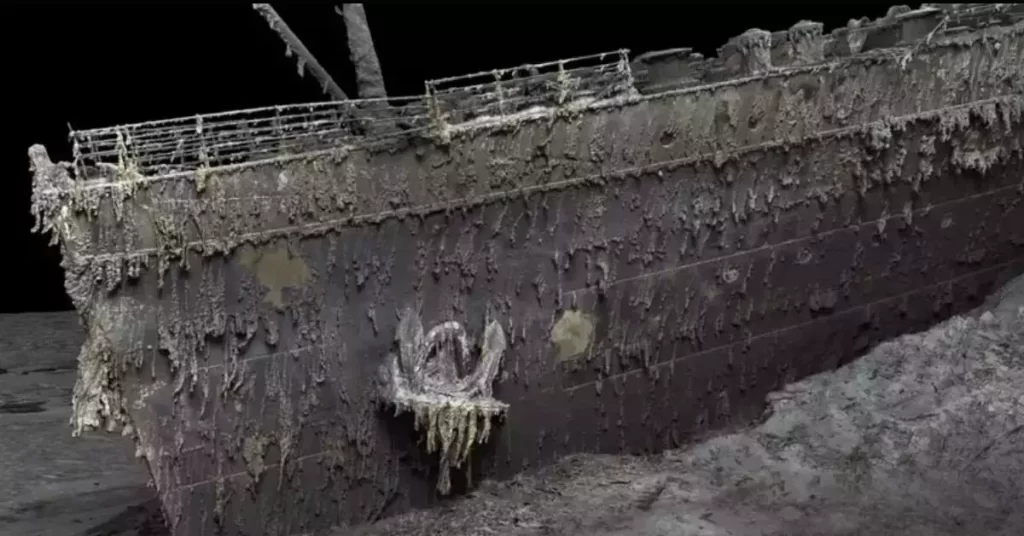Titanic Sinking Unveils A Heartbreaking Tale of The Famous Cruise Tragedy
The Titanic, a symbol of luxury and opulence, was the largest and most luxurious ship of its time, designed to be unsinkable. It embarked on its maiden voyage from Southampton, England, on April 10, 1912, carrying over 2,200 passengers and crew members. The ship was a marvel of engineering, boasting state-of-the-art amenities, elegant interiors, and advanced safety features, or so it was believed.
The ill-fated night of April 14, 1912, saw the Titanic on a collision course with destiny. Around 11:30 PM, the ship’s lookout spotted an iceberg in its path. Despite the crew’s efforts to steer clear, the Titanic grazed the iceberg’s side, causing fatal damage to the ship’s hull. Within hours, the unsinkable behemoth foundered and succumbed to the icy waters of the Atlantic Ocean.
The Sinking of the Titanic
As the Titanic struck the iceberg, the ship’s fate was sealed. The impact caused a series of ruptures in the hull, leading to the flooding of several compartments. The ship’s crew and passengers were faced with a dire situation. Despite the valiant efforts of the crew to contain the flooding, the sheer volume of water pouring into the Titanic proved overwhelming.
In the early hours of April 15, 1912, the Titanic split in two. The stern rose high into the air before descending into the ocean, while the bow plunged beneath the waves. The ship, once a symbol of human achievement, now lay broken and submerged in the darkness of the deep sea.
The Titanic’s Maiden Voyage
The Titanic’s maiden voyage was marked by grandeur and excitement. Passengers, including wealthy elites and immigrants seeking a new life in America, marveled at the ship’s luxurious accommodations. The Titanic was equipped with luxurious amenities such as a grand staircase, a swimming pool, a gymnasium, and opulent dining rooms. Passengers enjoyed the height of comfort and elegance as they sailed across the Atlantic Ocean.
Little did they know that their journey would take a tragic turn, forever etching the Titanic’s name into history as a cautionary tale of human hubris and the unpredictability of nature.
Why Did the Titanic Sink?
The Titanic’s sinking was the result of a sequence of unfortunate events and decisions. Despite receiving warnings about ice in the ship’s vicinity, the crew did not perceive an imminent threat. Captain Edward Smith, overconfident in the Titanic’s design, disregarded the warnings and maintained the ship’s speed.
When the iceberg was finally spotted, the crew attempted to steer away and avert a direct collision. However, the iceberg’s underwater spur tore into the ship’s hull, causing irreparable damage below the waterline. The Titanic’s compartments, designed to be watertight, were compromised, leading to rapid flooding.
The Mechanism of the Titanic’s Sinking
The Titanic’s sinking was a result of the iceberg’s impact and the subsequent flooding of its compartments. The ship was divided into several compartments, each separated by watertight bulkheads. However, these compartments were not sealed at the top, allowing water to overflow from one compartment to another.
As the ship filled with water, it began to tilt forward due to the uneven distribution of weight. The bow submerged first, pulling the stern upward. The immense pressure caused the ship to break in two. The stern, unsupported and filled with water, swiftly descended into the depths of the ocean, while the bow descended more slowly, ultimately coming to rest on the ocean floor.
Aftermath and Legacy of the Titanic
The sinking of the Titanic had a profound impact on maritime safety regulations. In the wake of the disaster, international maritime laws were revamped to ensure the safety of passengers and crew. The tragedy also led to the establishment of the International Ice Patrol, tasked with monitoring icebergs in the North Atlantic to prevent similar incidents.
The Titanic’s legacy extended beyond regulations. The disaster inspired numerous books, films, and artworks, capturing the public’s imagination and preserving the story for generations to come. The bravery of some passengers and crew members became legendary, emphasizing the human spirit’s resilience in the face of adversity.



